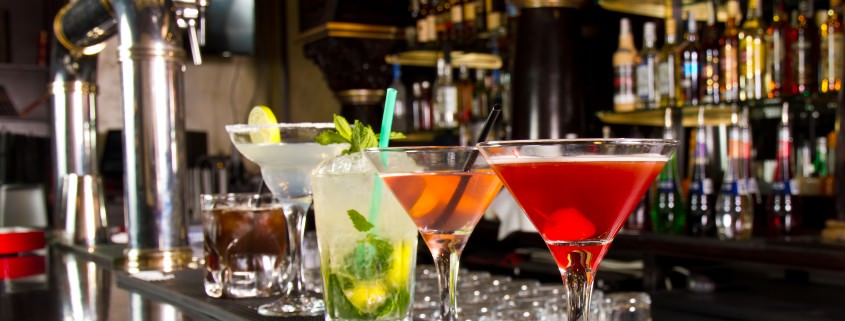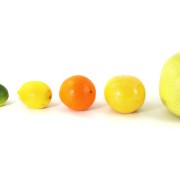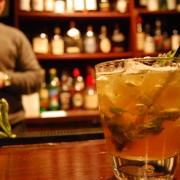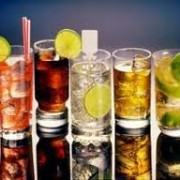Thinking Outside the Glass: Creative Cocktails
Competition in the restaurant industry has always been fierce. Restaurants and bars continue to search for ideas on how to differentiate themselves from the rest and become the consumer’s first pick on their night out. As the industry evolves and Millennials take charge, food is no longer the only consideration when deciding where to go for lunch or dinner. Interest in cocktails has been growing, and the 2.2% increase in hard liquor sales from 2014 supports this trend. It’s time to customize your cocktails and Uncorkd has some ideas on where to start.
Barrel-Aged Cocktails
Like wine and some beer (see our Basement Beer article), cocktails can also be aged to enhance flavors and aromas. Sure, it requires some patience, but all great things take time. Choose a barrel that you want reflected in the flavor of your cocktail. For example, an oak barrel would be great to use if you wanted to add a more vanilla taste to a spirit. Next, create your concoction. Add in the liquor of choice, and any flavorings, spices or other enhancements you’d like. The recommended aging time sits between four to six weeks, but feel free to experiment to get the ultimate results.
Culinary Cocktails
Instead of suggesting a wine to go with dinner, why not offer a cocktail? Some restaurants have began to create chef-inspired drinks that pair with meals and reflect other ingredients that appear on the menu. Customize cocktails by putting together unusual flavor combinations that prove pleasing to the palette. These drinks can be used to relieve or breakup the enhance flavors of a meal, making each bite more savory for the guest.
Edible Cocktails
Cocktails you can eat are becoming a fan favorite. Think about classier versions of Jello-shots. Restaurants are starting to find the intersection of food and drink and it’s starting to pay off. The trend seems to lean towards sweeter foods, such as infused ice-creams and marshmallows. Restaurants can vary the alcohol content between dishes, offering some as actual cocktail choices or some as dessert items.
Local Cocktails
More and more customers (primarily Millennials) are starting to appreciate restaurants using local resources. In fact, locally produced beer, wine, and liquor came in second place in the National Restaurant Association’s “Whats Hot for 2015” Culinary forecast. Restaurants and bars can do so by contacting local distilleries for partnerships or visiting farmers markets for local ingredients. Staying local helps to strengthen the community and builds the relationships that the restaurants form with their consumers.
- Sommelier Surge in Restaurants - August 7, 2015
- 3 Up-and-Coming Restaurant Industry Trends - August 6, 2015
- Millennial’s Impact on the Wine Industry - August 4, 2015









